Description
REVIEW OF THE CHANGING WORLD OF CRUMB RUBBER WET AND DRY PROCESS
George B. Way
ABSTRACT: This review paper discusses both what happened with the crumb rubber dry and wet processes, and why the wet process in many different forms has been successful and not so historically with the dry process. In the dry process the scrap tire rubber particles act as rubber aggregates or filler of different sizes. The rubber particles are mixed with hot aggregate and asphalt in the hot plant and heated from 15 to 45 seconds and then dumped into a truck to be transported to the laydown machine. The limited time of heated interaction of the rubber particles and the asphalt is a possible inherent weakness of the dry process and is further described in the paper. In the wet method the rubber particles often referred to as crumb rubber or ground tire rubber is reacted by mixing with hot asphalt at a specified temperature for 45-60 minutes to achieve specified binder properties. The resultant mixture of hot asphalt and crumb rubber is the wet process rubberized asphalt binder. Unlike the dry process which can only be used in a dense graded hot mix asphalt, the wet process rubberized asphalt binder can be used as a crack filler, seal coat spray application and in the dense graded hot mix asphalt as well as, gap graded, stone mastic asphalt mix and open graded asphalt hot mix, thus it is much more versatile rubberized asphalt material. The dry and wet process have led to a new type of rubberized asphalt product combining both the dry and wet process attributes, referred to as the dry/wet process. Just like the original dry and wet process materials which started with many crumb rubber patented products so it is with the dry/wet process. The paper describes an example of a dry/wet process material patented product. There is no doubt more dry/wet process materials will arise in the future, as well as other products incorporating scrap tire rubber in asphalt, as the goal of attaining a more environmentally sustainable future takes place.
KEYWORDS: crumb rubber, wet process, dry process, recycling tires, asphalt pavements.

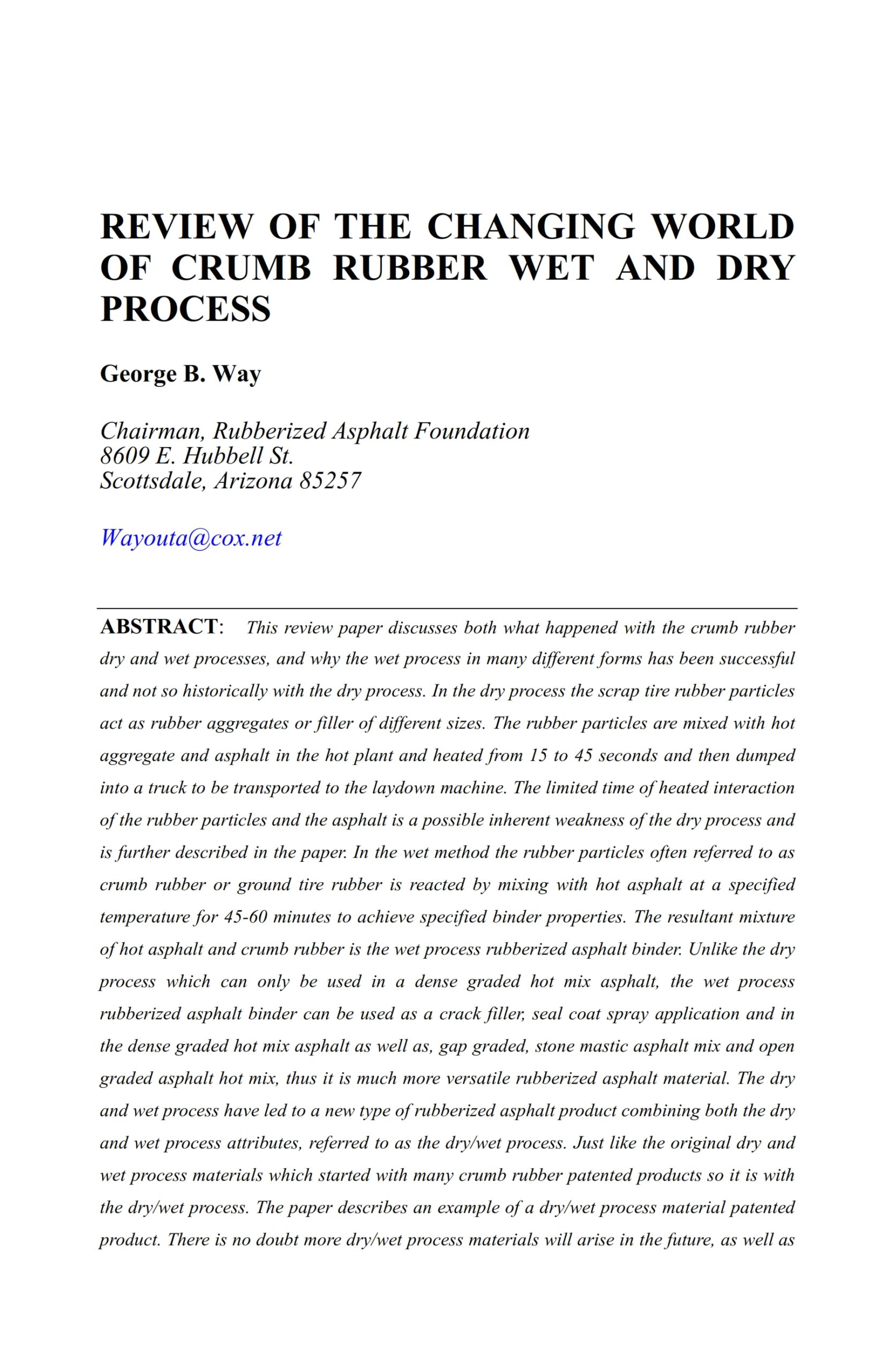
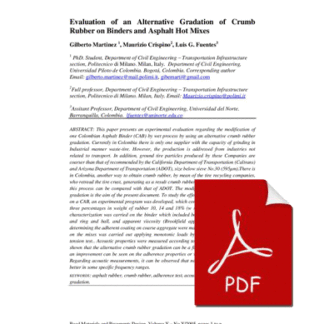
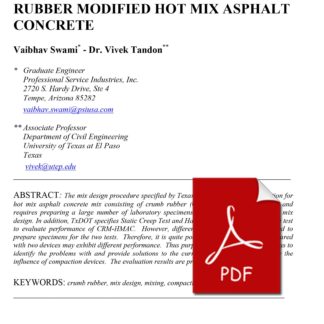
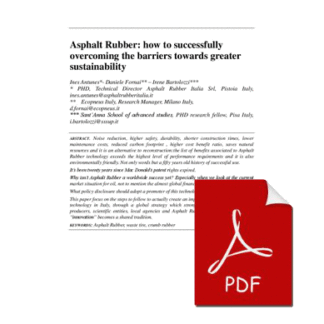


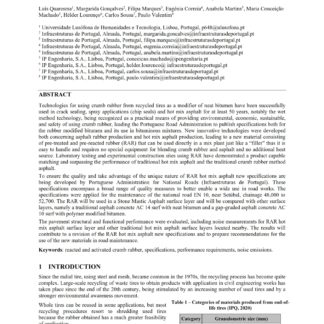
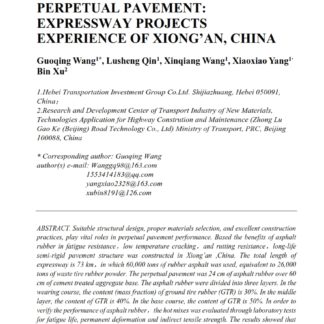
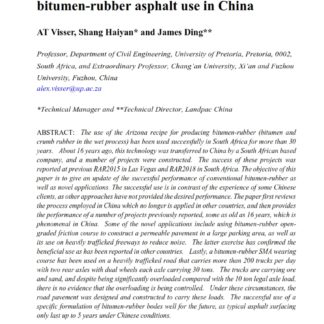
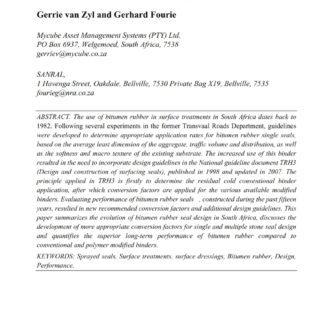
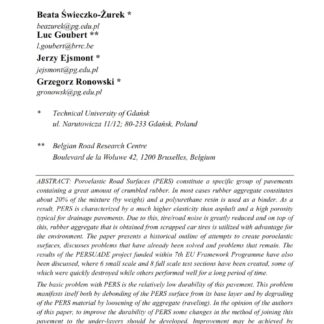
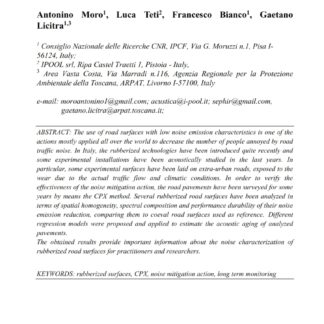
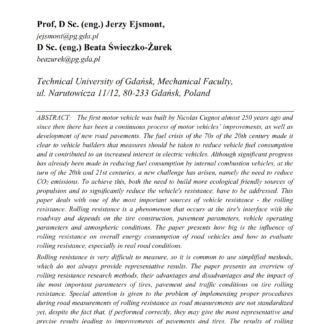
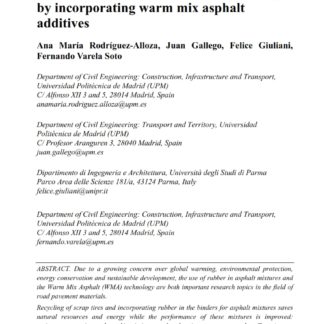
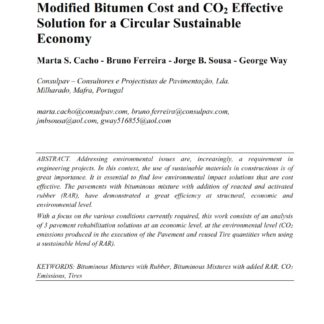
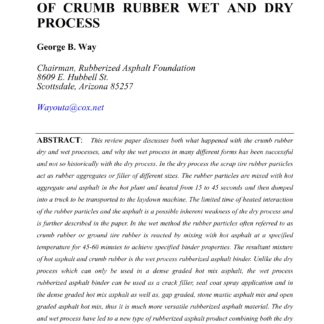
Reviews
There are no reviews yet.